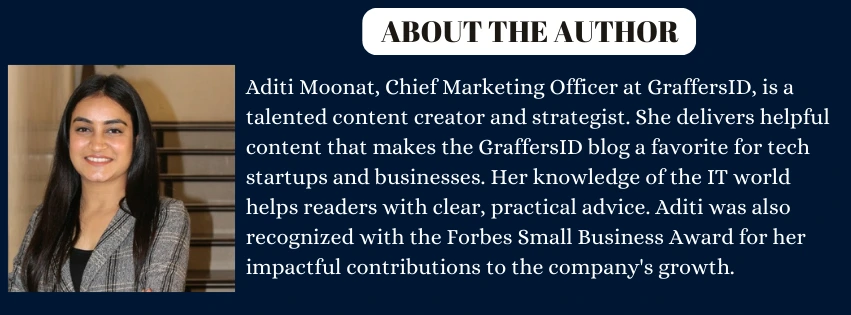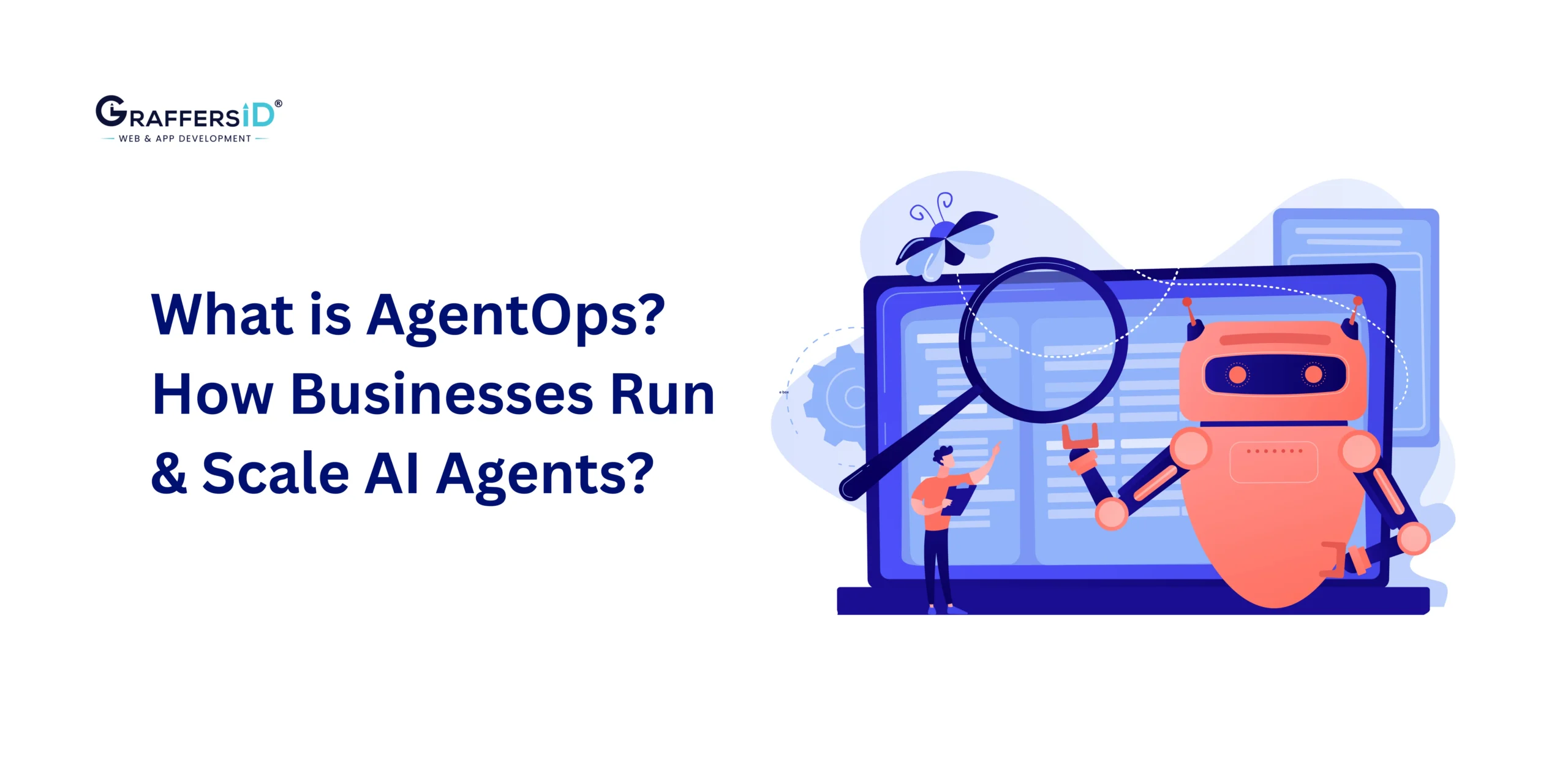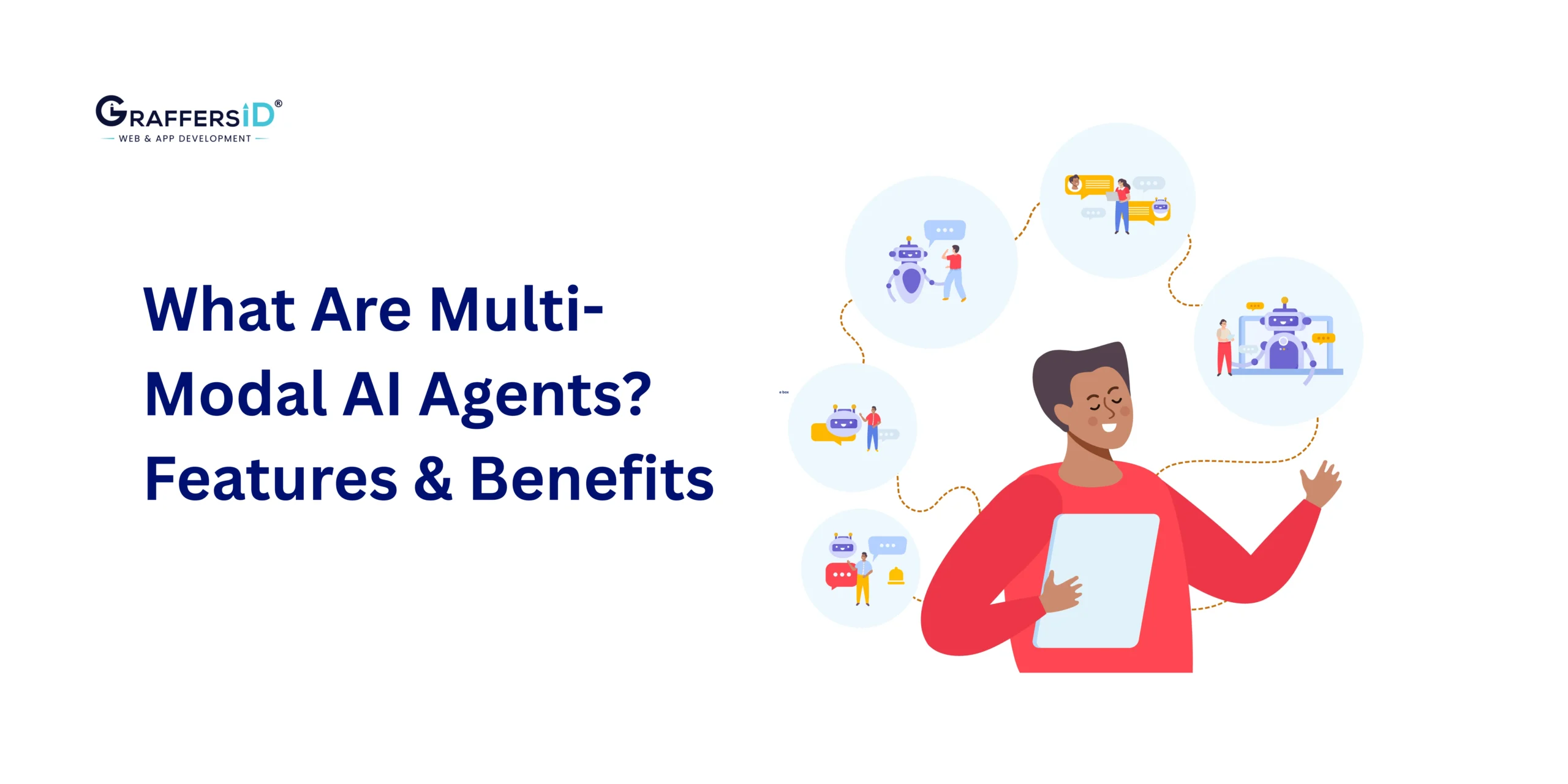When did you last buy a CD or install a program using a disk? Seriously, please take a moment to think about it. It feels like the Dark Ages, right? That is what it is; well, stuff has changed a lot. Today, from work tools to fun apps to everything related to life management, almost everything we use is based on SaaS platform development.
Now, let me get straight to you: SaaS platform development is not all rainbows and butterflies; it’s tough. Competition is brutal, and to make your product stand out, more than anything will be required of you. We have had the opportunity to work on several SaaS mobile and web applications, and let me tell you, there’s no shortcut. But what did you learn? Priceless.
So, let’s break it down: what makes SaaS-based platform development such a big deal, and what should you know if you’re considering jumping in?
From CDs to SaaS: That Was Fast
Ah, the good old days, you’d go to the store, buy this shiny box with a disk inside, and then cross your fingers that you would not misplace that all-important CD key. Long gone are those days. Welcome to the world of SaaS platform development, boy.
What, then, is SaaS-based platform development? Simple: instead of buying software that you download and install, you use it through the internet, no downloads, no setup, no fuss, and no other troubles. It’s all in the cloud, and you just log in. It is just like renting a car to get all the benefits without having to worry about oil changes or flat tires. That’s the SaaS provider’s problem. Sweet deal, right?
But why do users love SaaS platforms so much? Here is the quick and dirty version:
1. Reduced Costs
Nobody wants to spend a fortune up front. Most SaaS platforms run on some sort of subscription model, which is far more budget-friendly in most people’s points of view.
2. Scalability
Are you 10 users today? 100 tomorrow? No problem. Because most SaaS platforms scale up or down, you’re never stuck with more than you need.
3. Reliability
Super reliable, because these platforms are living in the cloud. When one server goes down, another kicks in. You are never left staring at the dreaded “Error” screen.
4. Accessibility
Anywhere, anytime, any device, as long as there is an Internet connection. Seriously, this is software on steroids.
5. Ease of use
No downloads, no updates, none of the hassle. Just log in and go. It’s the lazy person’s dream come true.
6. Features for Everyone
Until recently, small businesses couldn’t afford what big players had: things like advanced collaboration and reporting. House SaaS platforms level the playing field.
Why Do Businesses Leap onto the SaaS Platform Development?
The real kicker: it’s not just users who love SaaS development. Businesses are eating it up, too. And for good reason. Building a SaaS-based platform doesn’t just give you a product; it gives you a whole new way to run a business.
1. It Never Ends, in a Good Way
Whereas old-school software was “done” once you launched, SaaS development is never really complete. You constantly add features, improve things, and squash bugs. It’s that never-ending home improvement project, except hopefully much less frustrating.
2. Predictable Income
Subscription models mean recurring revenues. One-time purchases are out of the window, and now you will have a cash flow running from recurring sources. A money printer, perhaps it’s still slightly an overstatement, but you get the idea.
3. Wider Appeal
Because the SaaS platforms are far more affordable up front, more people can afford them. Which means more customers for you. That is a win-win.
4. Happy Customers Stick Around
With SaaS development, the thing is not about shipping a product; it’s all about relationship building. And once you commit to continuous improvement per customer feedback, you will find them most likely to go the full distance with your platform.
Read More: What do you need to know about SaaS Software Development Outsourcing?
What No One Tells You About SaaS Platform Development?
Okay, now that sounds just great; let’s get real for a second. As great as SaaS platform development sounds, it isn’t all smooth sailing. There are some tough bits that you are going to run into, and it is better to know up front. So, here’s what might trip you up:
1. Choosing the Right Cloud Provider
Your platform is going to live in the cloud; better choose appropriately. AWS, Google Cloud, Microsoft Azure—there are plenty of options out there, each with pros and cons. Choose wisely, because this is one huge decision.
2. Security is Non-Negotiable
You’re working with data concerning people; they trust that the data is going to be safe. Encryption, firewalls, and multi-factor authentication do not skimp on this. If you do, you set yourself up for disaster.
3. Integrating with Other Tools
Well, that’s not exactly the case because you can spare yourself from some work. Usually, popular SaaS platforms introduce integrations with third-party tools to include more features in them. This way, you save money, time, and probably a couple of gray hairs.
Read More: Top 5 SaaS Companies in India: 2026
7 Steps to SaaS Platform Development
So, ready to get into developing SaaS? Great. Here’s your roadmap to success:

Step 1: Do Your Homework
Do market research even before you think about coding: “Who’s my audience, and what problems do they need to be solved?” You might think this is an incredibly boring step, but this is an important one.
Step 2: Validate Your Idea
Have you got an idea? Cool. Now, validate it. Build a basic prototype, get feedback from people, and ensure it solves a problem. Otherwise, you’re just burning time and money.
Step 3: Monetization: What’s the Game?
How are you going to make money? Most of the SaaS platforms use subscriptions, but whatever your pricing model is going to be, make sure that it makes sense to your audience.
Step 4: Choose Your Tech Stack
Now, this is when things start getting real. You’ll need to pick the right tools for the job. Whatever your choices- MERN, MEAN, or something else- make sure it’s scalable, and it’ll be able to grow with you.
Step 5: Build an MVP
Don’t go crazy with features right off the bat. Build an MVP that focuses on core functionality. Get it out there and see what happens.
Step 6: Iterate and Improve
Your MVP is live; now, get down to business, get feedback, squash bugs, add new features, and iterate on your product ceaselessly. Now, the real work begins.
Step 7: Scale and Maintain
Congratulations! You’ve begun. Now, guess what? Scaling time. You’ll need to add features, increase user count, and make sure everything runs smoothly. It is a continuous process; therefore, you can never get too comfortable.
Read More: Navigating the Custom Software Development Process
What is the Cost of SaaS Platform Development?
The million-dollar question is how much the development of a SaaS-based platform is going to set you back. Well, it depends. Factors include feature complexity, the size of your dev team, and the location of your developers. A team in the U.S.? Expect a bigger bill compared with, for example, Eastern Europe or Asia.
Here are a few factors taken into consideration by the cost:
- Feature Complexity: The more bells and whistles, the more you’re going to pay. Some tech stacks are more expensive to develop than others, especially now that they require more specialized skills.
- UI/UX Design: A pretty interface doesn’t come cheap, but it’s worth it.
- Security: If your platform is going to handle sensitive data, then you will have to invest in top-tier security.
Conclusion
It’s crazy the velocity at which SaaS platform development is growing. GraffersID can help you build your dream SaaS software and lead in the market. Leave the burden of software development on us and focus on your core business. Super exciting, right? But yeah—it does have its fair share of challenges, too. The key is to make it stay flexible. Keep listening to your users, and constantly refine your product. Most importantly, do not forget to take a break once in a while, seriously. It is a marathon, not a sprint.
From small apps to huge enterprise solutions, it is a journey with SaaS development. It’s never truly complete, but, hey, isn’t that part of what makes it so much fun? So now, go on and contact us, and let’s make something awesome!





